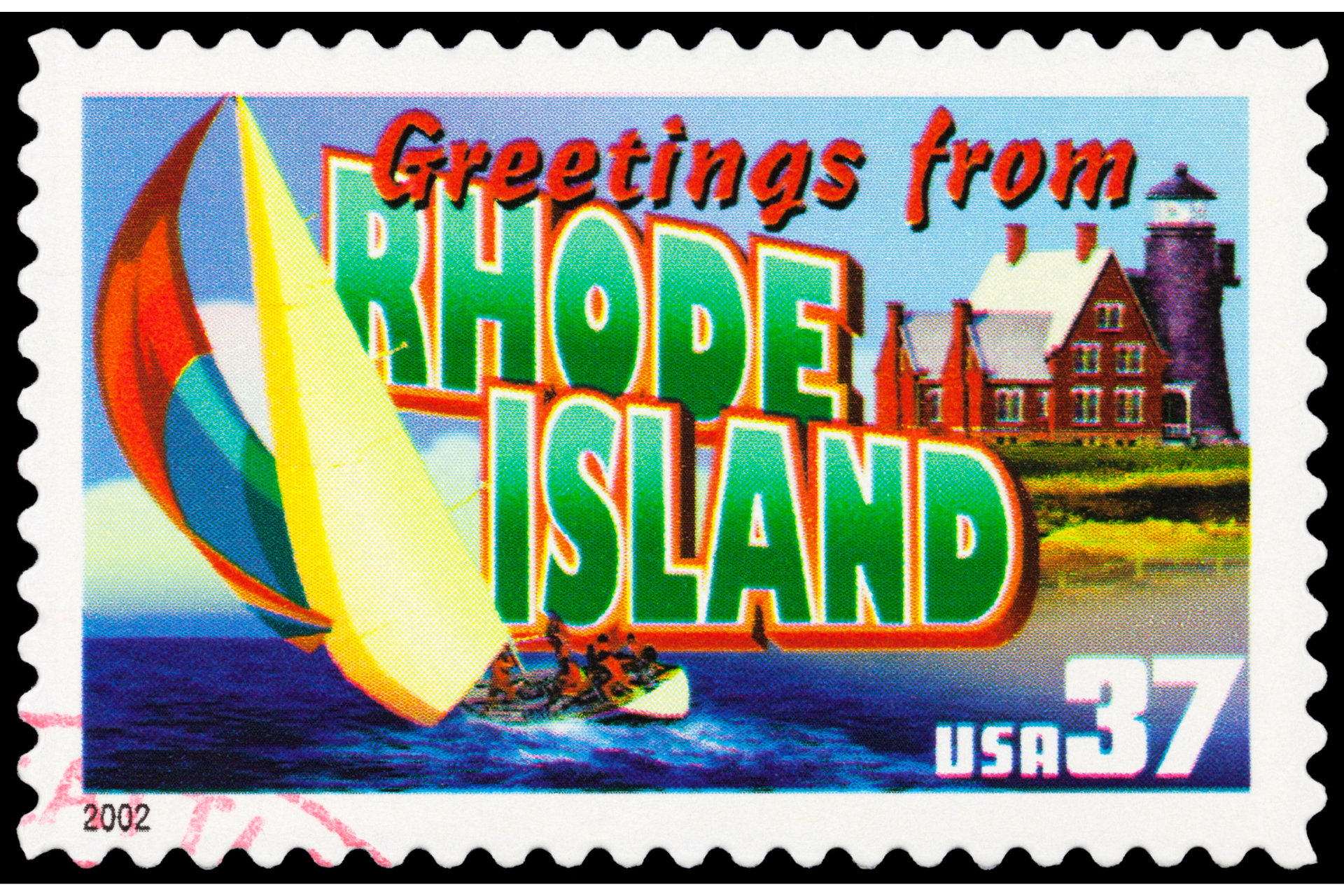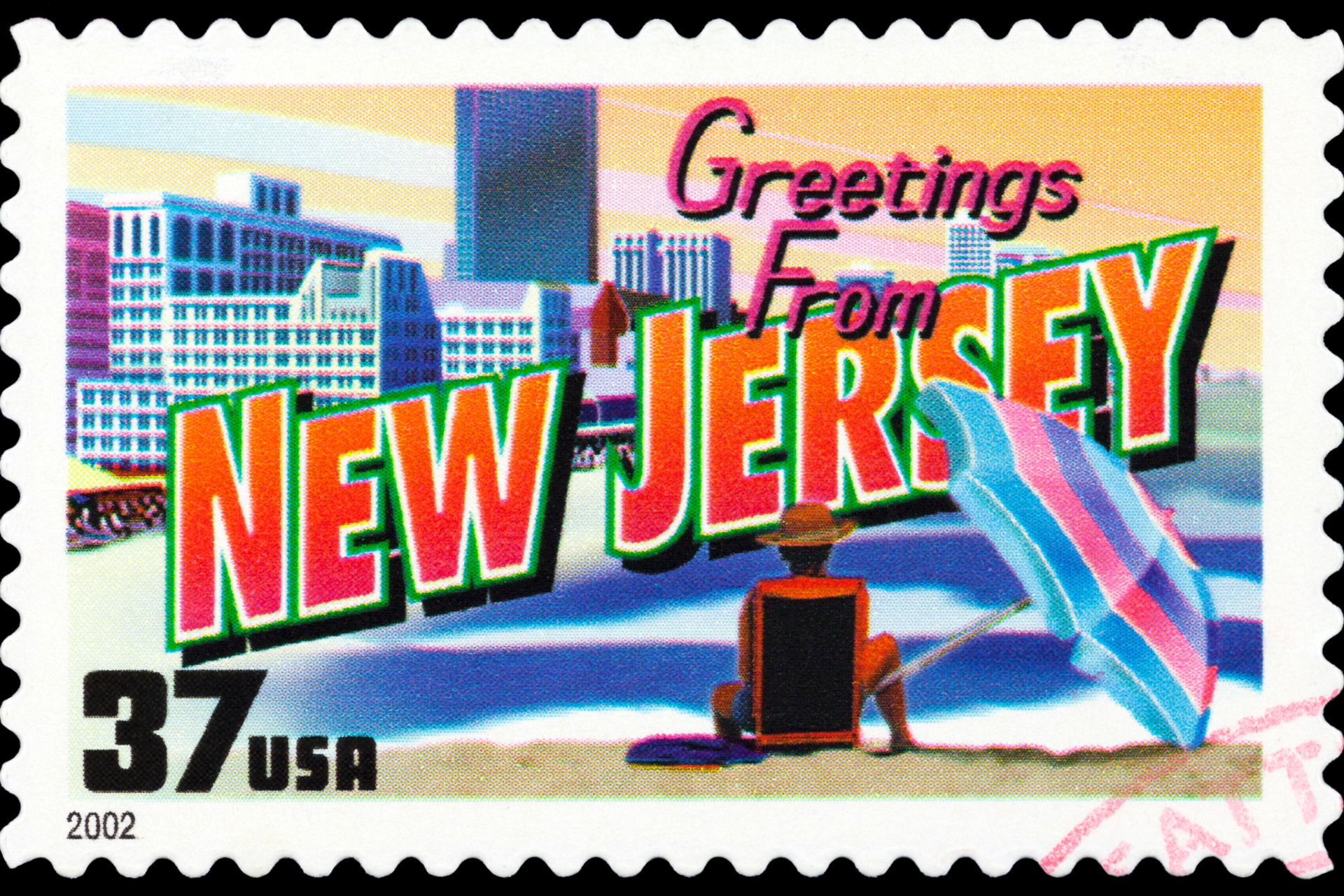The big news today in partisan, gridlocked Washington is that Republican Congressman Don Young of Alaska has endorsed Democratic Representative Mazie Hirono of Hawaii in her bid for the United States Senate. Rep. Young has even taken the unusual step of filming an advertisement with Hirono to demonstrate his support.
This most recent Hawaiian-Alaskan alliance does not come as a surprise to followers of Puerto Rico. As representatives of the two most recent territories that became states, Members of Congress from Hawaii and Alaska have a long history of joining together – across party lines – in support for Puerto Rican efforts to similarly establish a permanent relationship with the rest of the United States.
In 1998, Rep. Young was the lead sponsor of Puerto Rican self determination legislation (H.R. 856). The Young bill called for a referendum in Puerto Rico with the options of independence, statehood or the current territorial status, and it provided guidance for a transition to a new status if chosen. The bill was carefully tailored to avoid the “commonwealth” option that has caused much confusion in past plebiscites, essentially rendering results of little value. The Young bill boasted Hawaii’s two Representatives– both Democrats – as original cosponsors.
The House approved the Young bill with bipartisan support, and the Senate then approved a comparable resolution. Among the bipartisan list of Senate sponsors were Sen. Frank Murkowski (R) of Alaska and Sen. Daniel Akaka (D) of Hawaii.
More recently, Rep. Young was an original cosponsor of Puerto Rican self determination legislation introduced by Puerto Rican Resident Commissioner Pedro Pierluisi – a Democrat. They were joined on the bill by Rep. Neil Abercrombie (D-HI).
Why such staunch support from Members from Alaska and Hawaii on Puerto Rican self determination? What is it about Puerto Rico’s status that can bring these Republicans and Democrats together? One possible answer could be a matter of philosophy – the importance of being consistent in our application of democracy throughout the U.S. As Rep. Young explained during consideration of the Pierluisi bill:
[M]y goal here is to really try to allow Puerto Rico to advance. And I do not believe you can advance as a commonwealth. I say that from my heart. Because we were not able to advance as a commonwealth. We were a territory….[M]y ultimate goal is to try to give the Puerto Rican people a choice.”
Another possible motivation behind bipartisan Alaskan and Hawaiian support for Puerto Rico self determination efforts may be economics. Before they achieved statehood, both territories had significant natural resources, but they were known for their troubled economic situations. Following admission to the union in 1959, Hawaii’s economy took off – quadrupling in size by 1989. In Alaska, personal income increased 80% by 1970, and the state became less dependent on the federal government. Today, both states boast unemployment rates and poverty levels below the national average.
Alaska and Hawaii have little in common aside from their admission as states in 1959, at which time they became full participants in American democracy and experienced measurable economic growth. It is not surprising that their Members of Congress have responded by working together – regardless of political party – to give Puerto Ricans the same opportunity.


